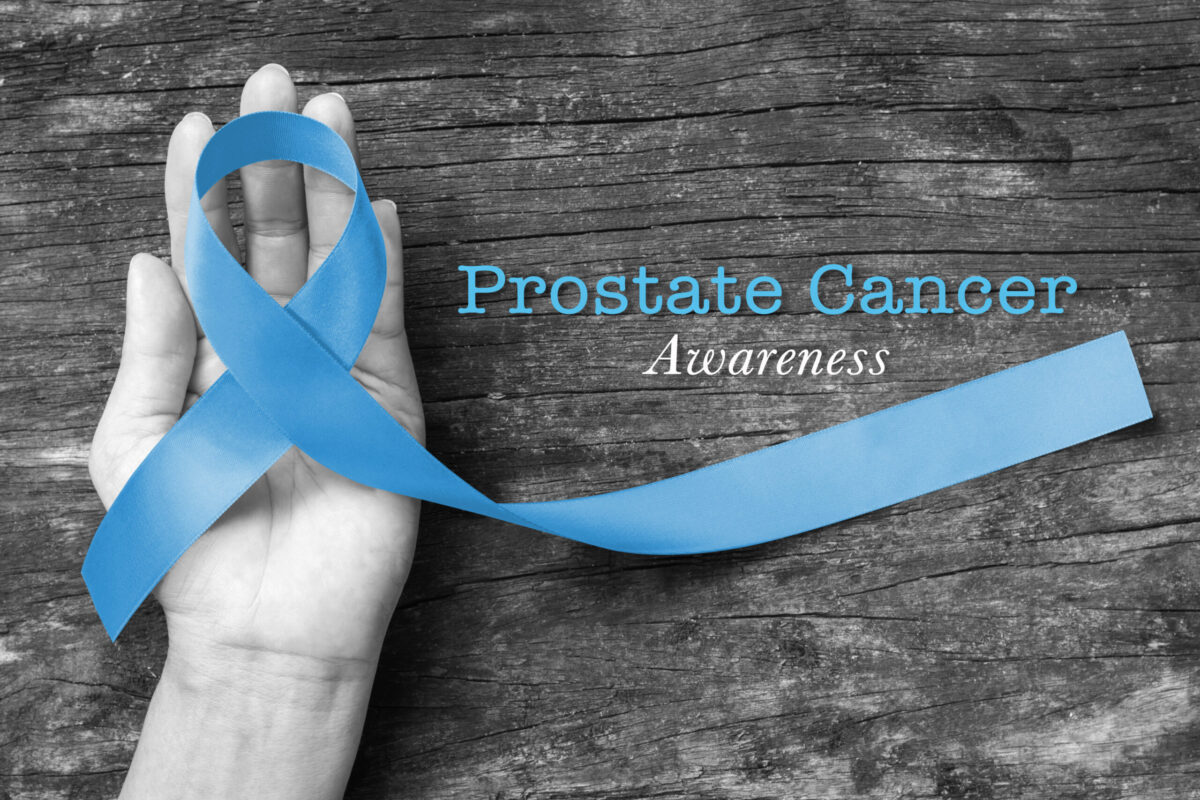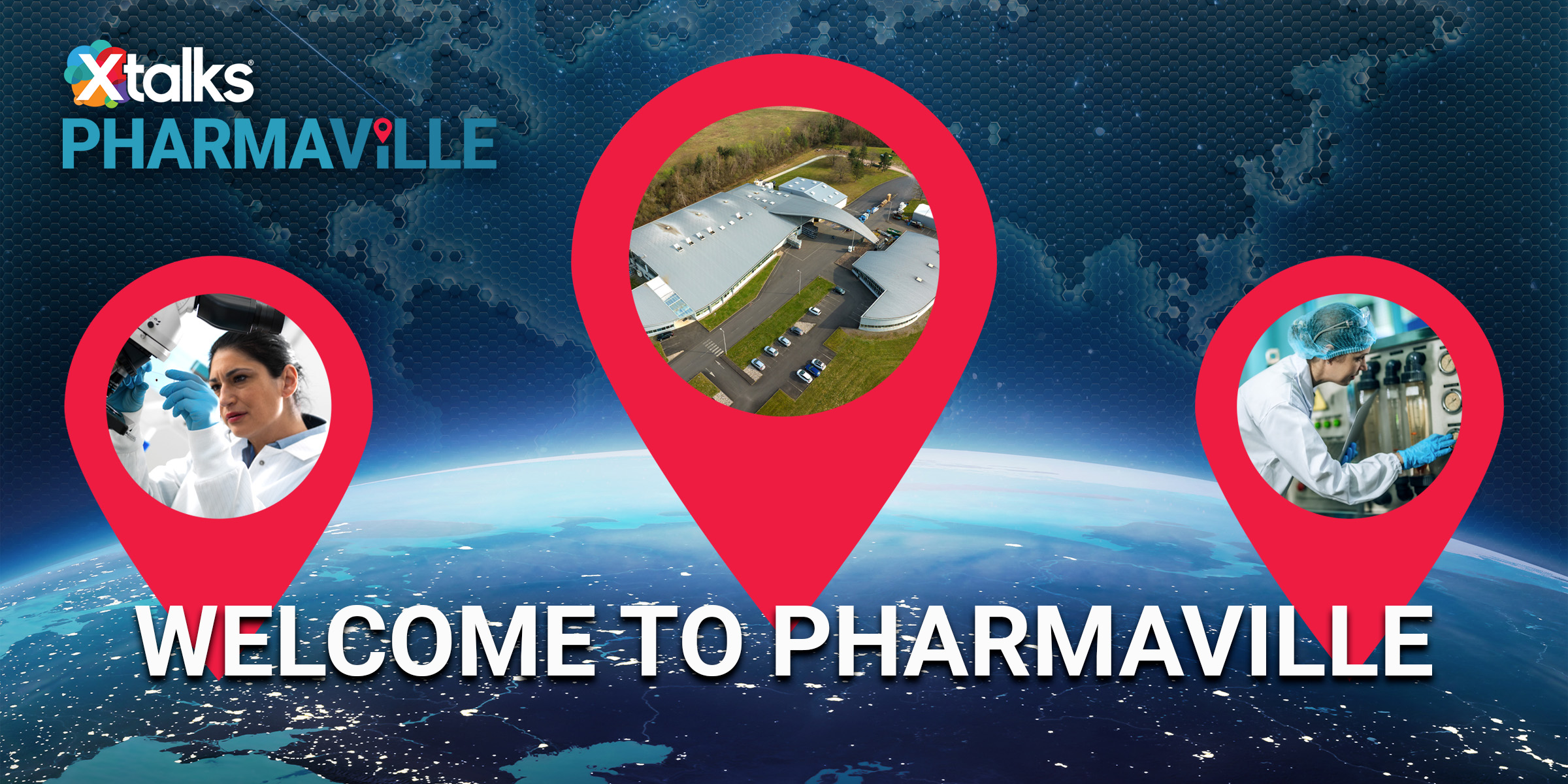The market for pain management is both complex and substantial, driven by a growing patient population and evolving medical needs. Chronic pain affects millions of people worldwide, significantly impacting their quality of life and posing a substantial economic burden on healthcare systems.
The global market for pain management is substantial, driven by an aging population, increased prevalence of chronic diseases and a rising number of surgical procedures. The pain management market size is anticipated to grow from $75.41 billion in 2023 to $89.96 billion by 2028, at a compound annual growth rate (CAGR) of 3.59 percent during the forecast period. Chronic conditions such as arthritis, cancer, diabetes and fibromyalgia contribute significantly to the demand for effective pain management solutions.

Ensysce Biosciences is a biopharma company that stands at the forefront of innovation in pain management and opioid medication. Specializing in the development of novel therapies, Ensysce has garnered attention for its unique approach to tackling some of the most pressing challenges in the pharmaceutical industry, particularly those related to pain relief and opioid abuse.
Xtalks interviewed Dr. Lynn Kirkpatrick, CEO of Ensysce Biosciences, to learn about the current innovation priorities at Ensysce. The company is tackling the dual crisis in America — the need for effective pain management and the rising issue of opioid abuse.
With her extensive background in medicinal chemistry and drug development, Dr. Kirkpatrick offers a unique perspective on the innovative pathways and groundbreaking approaches that Ensysce Biosciences is spearheading in the pharmaceutical industry.
What about Ensysce Biosciences convinced you to become its Chief Executive Officer (CEO)?
Dr. Kirkpatrick: From the very start of my career, I was interested in developing new drugs — and as a medicinal chemist I appreciate the novelty of the approach Ensysce had taken in the attempt to develop new drug products. Ensysce’s highly novel TAAP (Trypsin-Activated Abuse Protection) and MPAR (Multi-Pill Abuse Resistance) chemical approaches are unique in the industry and are designed not only to provide much-needed strong pain medicines but also to try to solve a major societal problem. I was attracted to the extremely clever and effective chemistry that was being employed against these problems.
Another factor is that I have now assembled a great team of passionate people at Ensysce — so it’s fun to tackle big problems with a smart group, it’s easy going to work!
Where are the company’s current innovation priorities?
Dr. Kirkpatrick: There continue to be two conflicting crises in America. Millions of people wake up every day suffering from severe pain that requires a strong analgesic, namely opioids. People are also abusing these analgesics, which has led to restrictions being placed on their access — which in turn has led to those suffering from pain not being able to get the relief they need to function daily.
Ensysce has chosen to attack this issue by designing a new opioid to deliver strong analgesia while also, we believe, being less abusable. Many companies have tried this, using a much different approach than our novel chemistry. Many don’t believe it’s possible to have a safer opioid and many believe opioids shouldn’t be used. That would leave millions without proper medication — and we have seen increased deaths by suicide because of that approach. We don’t believe that is the right answer to the problem.
I believe our innovative approach is the answer and we have now shown in our clinical studies that we can provide this strong analgesia with a product that is less ‘liked’ by those who may want to abuse opioids. Our priority is to move our first novel TAAP opioid through US Food and Drug Administration (FDA) approval to commercialization as quickly as possible.
What are key pipeline initiatives for Ensysce Biosciences in the coming years?
Dr. Kirkpatrick: Our lead product is called PF614. It’s a chemically modified oxycodone pain medicine using our TAAP platform, designed to replace OxyContin in the marketplace. It has the same pain-relieving properties as OxyContin, but we believe it has added benefits of its pain relief lasting longer and we believe it will be harder to abuse for recreational purposes. In 2024 we are meeting with the FDA to discuss our development plans, and we aim to begin the necessary Phase III studies for approval shortly after.
Additionally, using our second platform, MPAR, we have added overdose protection to PF614 and demonstrated the concept in the first clinical study last year. We have been told this technology is a game changer for opioids and other drugs, and we are also speaking with the FDA about our development program for PF614-MPAR early next year.
How does the FDA’s guidance on abuse-deterrent products influence Ensysce’s research and development strategies?
Dr. Kirkpatrick: The agency has modified its guidance and requirements over the years. We have been watching their initiates closely. That said, PF164 has received Fast-Track status and we were invited to explore Breakthrough Therapy designation for PF614-MPAR. We believe the agency understands that Ensysce’s chemical approach is different from other agents that have been developed to try to stem the opioid crises and we are working to demonstrate that in our clinical studies.
How do you select and prioritize new partnerships, projects, or areas of research for Ensysce?
Dr. Kirkpatrick: Our TAAP and MPAR technology can be applied to most drugs being used today to try to improve their performance or reduce some of their safety risks. My team is highly experienced in the pain and central nervous system (CNS) field of drug development, so that is where our focus has been as we expand our pipeline beyond our lead programs. We have a full pipeline of TAAP-modified drugs, but we have also been exploring other pain products that are closer to regulatory approval for different indications, including oncology, where the team has a wealth of experience.
Where do you see Ensysce Biosciences’ innovation and its accomplishments in the next five years?
Dr. Kirkpatrick: We are very focused on bringing several life-changing drugs to patients that need them.
Our first goal is to have an NDA (New Drug Application) submitted in 2025 and a marketed drug product shortly after. Next up is the launch of MPAR, the first-ever overdose protection drug! We will then have a follow-on product for those suffering from the very painful oral mucositis caused by cancer treatment, approved in Europe and close to regulatory approval in the US. Additionally, we will have a novel TAAP product in development through a partnership, to allow the technology to improve other drug products. In other words, it’s going to be a very busy five years for us.












Join or login to leave a comment
JOIN LOGIN